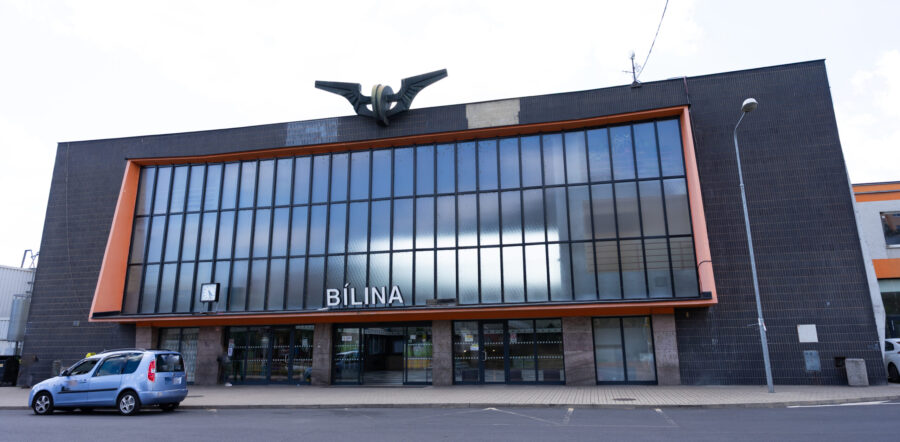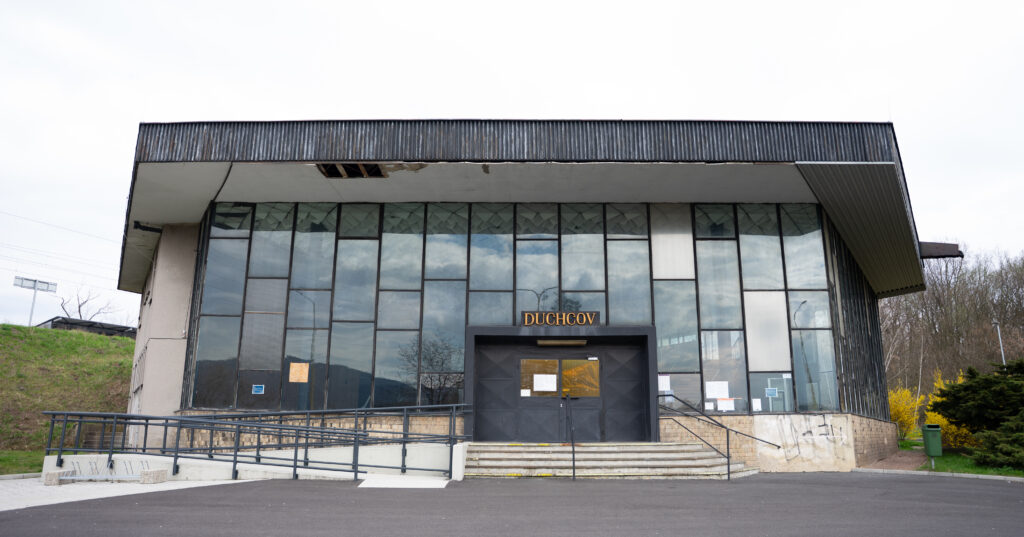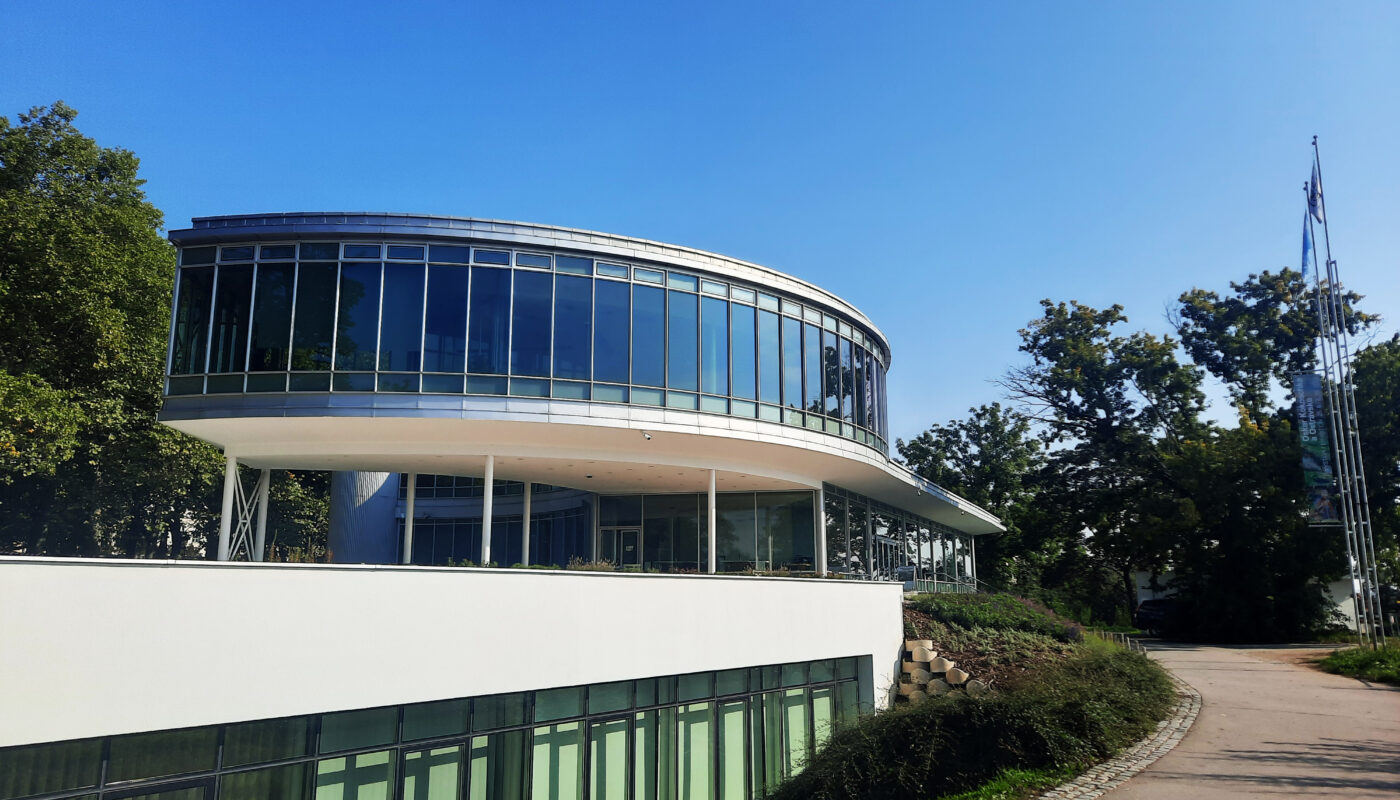Reading Time: 2 Minutes 43 Seconds
Historical context
During the Socialist Realism of the 1950s, artists were required to conform to the party guidelines and had to incorporate the themes of socialist ideology, facing censorship as a consequence for noncompliance.
With the end of that period, the Czechoslovak society began to seek a new visual expression, both in architecture and applied arts.
The Bruselský styl, or the Brussels style, is the name given to the artistic and architectural expression in vogue in Czechoslovakia from the late 1950s to the early 1970s.
The name Bruselský styl derives from the success enjoyed by Czechoslovakia at the “EXPO 58” in Brussels, which was the first major international exhibition organized after the end of the Second World War (exactly in 1958).
For Communist Czechoslovakia it was an opportunity to present itself to the Western world in the best possible light and to rejoin the ranks of culturally and technologically advanced nations, a status it had held between the two world wars.
And indeed, Czechoslovakia was awarded with the highest prize, the Golden Star, for its exhibition pavilion.
The project of architects František Cubr, Josef Hrubý and Zdeněk Pokorný featured two buildings as perfect representation of modern design: a pavilion and a restaurant.
The structures consisted of an iron frame, glass walls and plastic elements, allowing them to be easily disassembled and relocated for reassembly elsewhere.
In fact, once the exhibition concluded, the complex was transported to Prague, specifically to Letná park.
While the pavilion was destroyed by fire, the restaurant still stands today (see cover photo), having been renovated for other purposes. Today it is an auction gallery with a bar.
Details and representations of the Bruselský styl
The Bruselský styl stands out for its emotional impact, especially with the use of bright pastel colors and soft geometric shapes.
Typical materials included glass, ceramic, laminate, plastic, aluminum.
Typical shapes consisted of triangles, trapezoids, spirals, parabolas and conical forms.
In architecture, shell vaults, glass facades, structures made of reinforced concrete panels, and corrugated plastic or glass panels were prevalent.
Clearly, the Brussels exhibition did not reflect the reality, instead it presented an idealized model of society.
The items displayed at the Expo, such as shoes and furniture, were just prototypes and were never actually produced.
However, in the years that followed the exhibition, people attempted to create those objects themselves, primarily by hand or by using rudimentary tools.
This resulted in a variety of shapes and products, and the pieces that have survived from that era until nowadays are often unusual homemade creations that blend the old with the new.
Some examples of Brussels-style architecture in the Czech Republic are:
- In Brno: the International hotel, the Continental hotel and the Z pavilion of the trade fair complex
- The train stations of Cheb, Beroun, Ostrava, Havířov, Bílina (recently restored), Duchcov (the building is not in operation anymore)
- The Podolí swimming pool complex in Prague
- The famous Šumperáky, a type of single-family house, designed in 1966 by architect Josef Vaněk, originally from Šumperk. The Šumperáky are still ubiquitous today on the soil of the Czech Republic and Slovakia.


Examples of Bruselský styl in the automotive field include the car Tatra 603 and the Tram T3, which features typical plastic seats.
In the realm of interior decor, notable items are the lamps and chandeliers produced by Napako. One of the most famous models is the 0513, nicknamed “Nun” (Jeptiška), designed by the famous designer Josef Hůrka.

